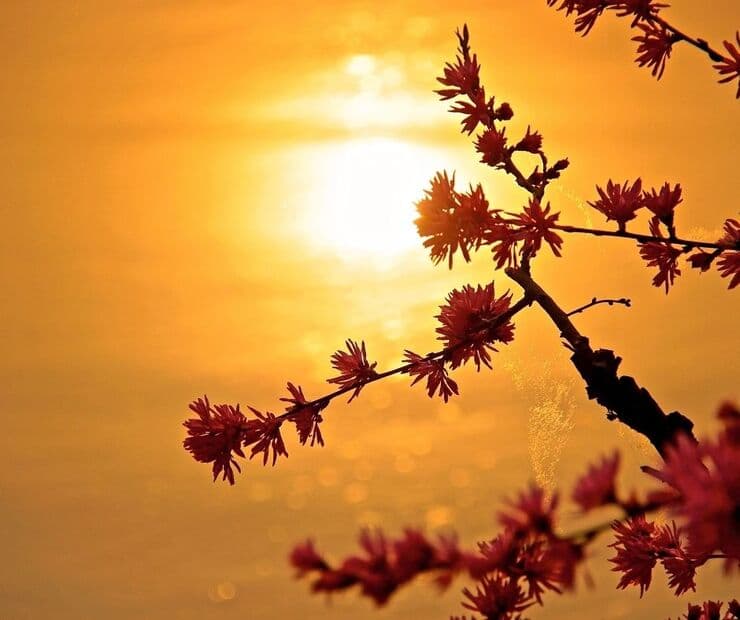
Harmony is a core belief in Taoism, and you may be wondering how to achieve it. The goal is to attain balance in life. The Tao holds the philosophy that harmony is fostered by growing closer to nature. Some people may live in an area where it’s hard to find peace ecologically. A quiet beach or mountain may come to mind when we think of harmonious landscapes. Cities are noisy, and the suburbs have neighbors where balance may be hard to find. How do we find a peaceful spot? Also, how can we make time to be at ease as we have to juggle all our obligations?
If you’re always on the go, you may need to practice taking time to pause and appreciate nature. Something small like sitting and watching the sunrise or set can give a moment of peace in a crazy world. Going for a walk with headphones in can also provide moments of clarity. There are different and simple things you can do to appreciate nature. You can grow indoor plants or an outdoor garden on your property or community. Bicycle rides, walks in local parks, or trips to natural landmarks also let you take in harmonious settings.
Applying the harmony aspect of Taoism to life goes beyond growing a fondness for the outdoors. Mastering this philosophy leads you to find and maintain balance in every facet of life. You’ll gain harmony and happiness when you can manage everything thrown at you effortlessly. The balancing of opposites in Taoism refers to the “Yin and Yang.” Opposites attract, as the notorious saying goes. We can break down how polarities interact in layman’s terms. For example, when you adjust the brightness on electronic devices, you “balance” the light and darkness. You have a screen ideal for your vision and clarity that works for you. Everyone is unique and has different approaches to seeking equilibrium. Unfortunately, no guide tells you how to balance chaos and calm.
Ray Grigg, a Taoist scholar, describes balance throughout his book, The Tao of Sailing. Metaphorically, we sail through life and ride the waves, which at times are tumultuous. Chapter 30 discusses a sailboat and a ship, but the words apply to anyone seeking balance. “For a special rightness with the world, both lightness and heaviness are needed.” Appropriately, the following chapter is titled “Primal Harmony.”
Author Pamela Metz has written several adaptations of the Tao Te Ching. In her book, The Creative Tao, she inspires through poetic verses. Metz addresses how to gain a clearer vision in Chapter 46, titled “In Harmony with Your Times.” She writes, “When you are in harmony with your times, you see through the illusions. Difficulties cause defensiveness and can create enemies. When you can see through your fears, you make your own safety.”
Another Tao Te Ching adaptation by Carl Garant focuses on another creative outlet. In The Tao of Design, Garant addresses “Points of Harmony” in Chapter 6. He writes, “One would believe that by keeping purpose and meaning in perfect balance, one could also achieve a perfect design. But this is not so. Use balance as a point of reference in an experiential process of awareness and be able to shift in the moment.”
To better understand Taoist ideology in the modern era, you can read this article, The Idea of Harmony. Get deeper insight from the Wall Street International Magazine. The writer goes into Taoism and other Eastern philosophies and religions. The article explores the historical scope of and what it all means today.
